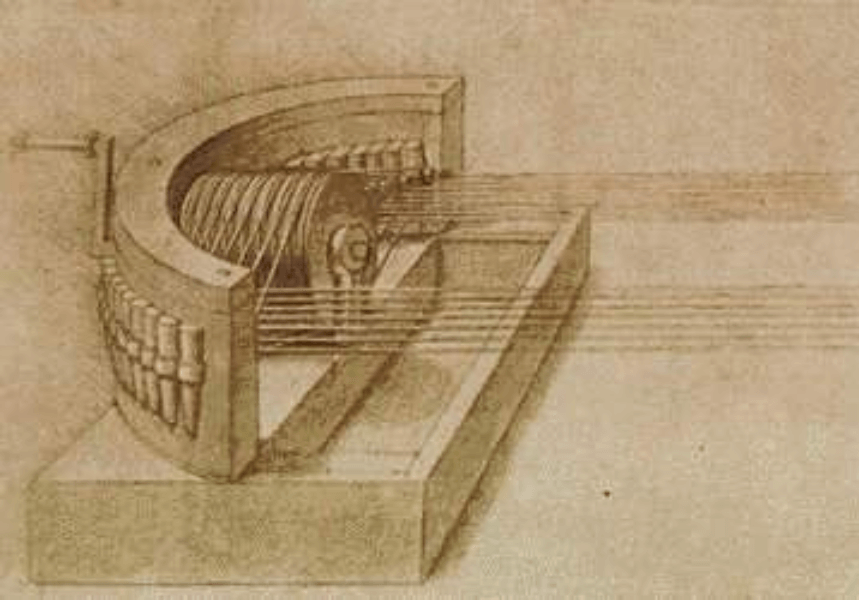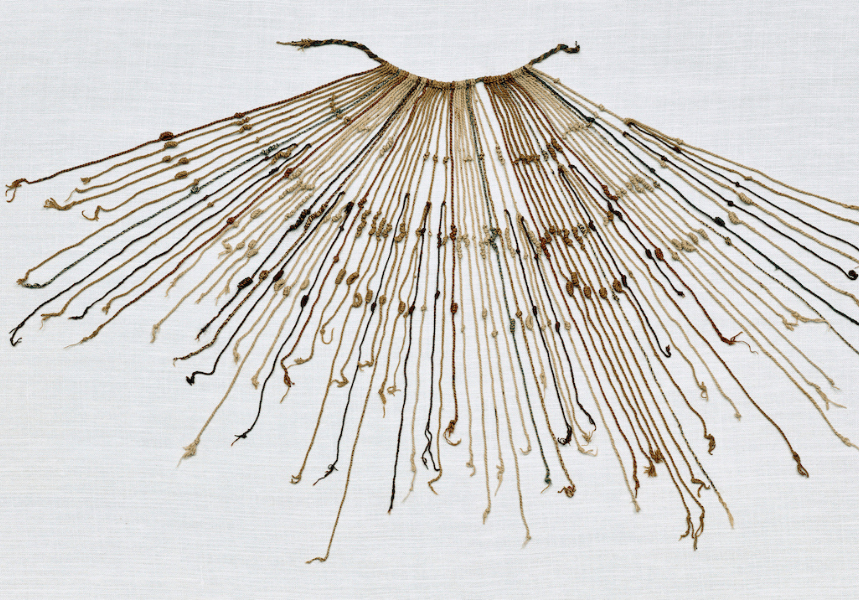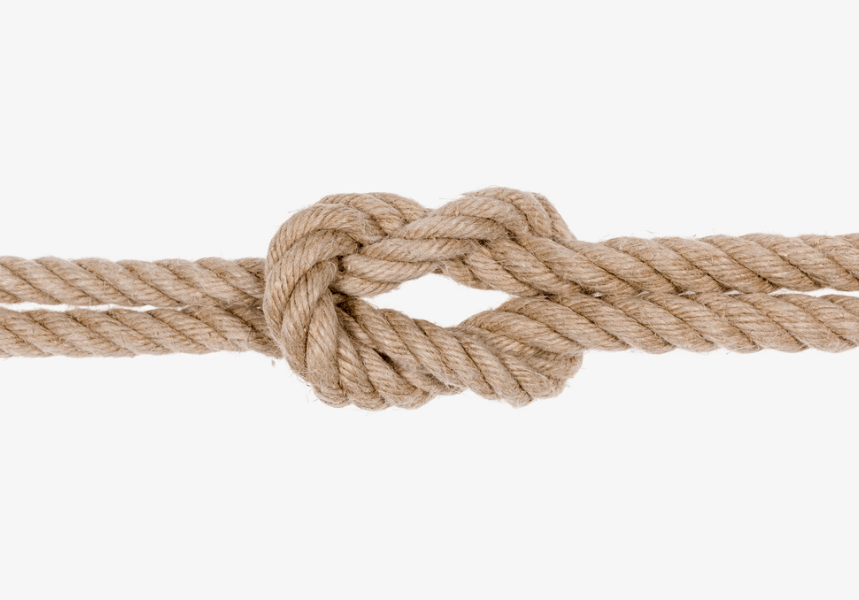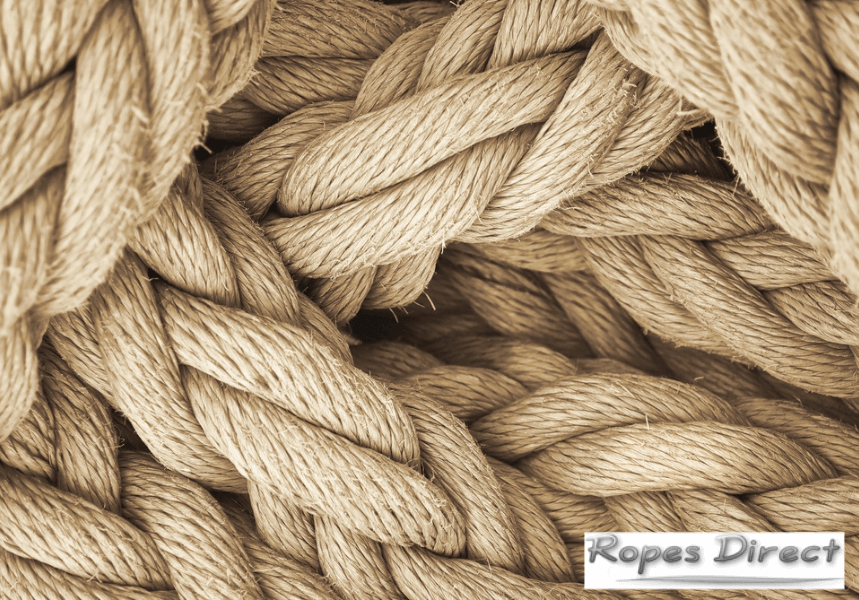Rope.
It’s fair to say, it’s our area of expertise here at RopesDirect. Our Mastermind specialist subject. If there’s something about rope that we don’t know, it probably isn’t worth knowing.
You only have to look through our ‘Be Inspired’ blog to see we’re a fountain of knowledge. And here we’ve rounded up just a few of our favourite ‘interesting’ facts about ropes – that we’re betting you didn’t know!
Read on and quench your thirst for random rope information.
- Ropes are a very, very old invention
The earliest ropes date back to prehistoric times. In fact, a piece of 50,000 year old string found in France is the oldest ever discovered.
Whilst excavating the Abri du Maras caves, archaeologists came across tiny bits of twisted plant fibres preserved on an ancient stone tool – believed to be made and used by Neanderthal people.
These twisted fibres measure just 6mm long and 0.5mm wide, but have the exact same 3-ply z-twist construction that you’d see if you picked up a string today. Funny how something created all those years ago, can still provide many practical solutions – and enjoyment – in 2023’s technologically advanced world.
- Egyptians developed the first ropemaking tools
Ancient Egyptians were probably the first civilisation to develop special tools to make rope.
Egyptian ropes date back to 4000-3500BC and were typically made from water reed fibres. Presumably, they were developed to help move the heavy stones required to build monuments – but there’s also lots of evidence they were used for entertainment (e.g. skipping).
- Leonardo da Vinci drew sketches of a ropemaking machine
Aside from being one of the greatest artists of all time, Leonardo da Vinci was an inventor. Between painting the Last Supper and Mona Lisa, in the late 15th century, he drew up a quick mechanical sketch of a ‘ropemaking machine’ – made from wood, metal and twine.
Like most of his inventions, it wasn’t until long after his death – in the early 1800s – that these machines began to be built. That said, he certainly played his part, and similar devices can still be bought today.

- Traditional ropewalks are still used today
In the middle ages, ropewalks were either set up outdoors or in very long buildings, and were designed to allow long lengths of fibre to be laid out and twisted into ropes. Fast forward to the present day, and some companies still choose to use this traditional method of rope manufacture.
Take, for example, the firm lay cotton ropes available at RopesDirect. These are produced by an artisan UK business, which has stuck to its roots and continues to make rope in this classic way.
- Rope was used as a written language by the Incas
Ever heard of a ‘khipu’?
It means ‘knot’ in Quechua, and refers to the knotted-cord devices utilised by the Inca Empire between 900–1950 AD. Archaeological researchers believe they were primarily used as a tactile and three-dimensional system, for record-keeping and other administrative purposes.
However, there is a lot of similarity between ‘khipus’ and graphical writing. Given that, unlike other civilisations, Incas did not have any other (known) method of writing down narratives, it is theorised they also used these thin knotted ropes as a form of written language.

- Decorative rope was introduced by the British Royal Navy
Decorative rope and rope décor can be traced back to the 16th century.
This was around the time that Henry VII founded the British Royal Navy. Ropes were increasingly used to make sailing ships look more attractive. Sailors would also make decorative items from rope – such as baskets, bracelets and mats – to give to their wives as gifts upon their return home.
In fact, such nautical gifts because so popular, sailors were often flogged for stealing the rope from ships!
- Rope and cord are not the same thing
They may look very similar, but they have very different constructions.
Typically, cords are made from six strands of fibre (or more), braided together into a diamond or lockstitch pattern to create a tubular shape. This tubular shape is either left hollow (i.e. single or double braided cords) or given a fibre core (i.e. kernmantle braided cords).
Ropes, on the other hand, are typically made from three or four bundles of fibres. This is why they’re referred to as 3-ply or 4-ply ropes. And rather than being braided into a tube, these bundles are simply twisted around each other to create a long pipe-like shape.
- A rope with a purpose is a line
When is a rope not a rope? When it’s been given a specific purpose.
According to rope terminology, it should then technically be called a ‘line’.
This is particularly true for marine ropes and those with a nautical purpose (e.g. yacht line, dock line, float line, etc.). But the same rule applies for many day-to-day general purpose ropes too (e.g. clotheslines).

- Knots cause weakness
Every time you tie a knot in a rope, you weaken it.
The extent of this effect varies depending on the type of knot used. On average, though, you could potentially weaken the rope by up to 60% or more just by tying a standard clove hitch. And the place where the knot is tied instantly becomes the weakest point (i.e. where it would break in a drop test).
- HMPE is officially the strongest rope in the world
The modern day alternative to steel wire rope.
Thanks to its impressive strength-to-weight ratio, HMPE (High Modulus Polyethylene) is at least eight(!) times stronger than hardened steel, and boasts an astonishingly high breaking load.
Even when it’s relatively thin (2mm–4mm), it has a safe working load of approximately 100kg. Whilst at its widest (22mm), it has a safe working load of almost 9000kg. To put things into perspective, that’s about the same weight as an elephant, two giraffes and a fluffy house cat…well this is our calculation anyway, as per our video all about the HMPE we sell: https://youtu.be/PAykrXcuxUI
Why is it so strong?
Without getting too technical, it’s about the spinning and stretching process used during its manufacture. This creates particularly long molecular chains within the fibres. And essentially, it’s these long chains which secure HMPE’s title as the strongest, most lightweight rope ever made.
Want to learn more fascinating facts and info about rope?
Or maybe you just want to find out which rope you should purchase?
Either way, you’re in the right place.
As one of the UK’s leading rope suppliers, our knowledge of rope and cord is second to none, and we’ve packed this website with lots of advice and information – helping you to narrow down the many options and select the right product to suit your needs, preferences and budget.
Our YouTube channel also features many useful tutorials and informative videos.
So why not take a look? Extend your rope knowledge repertoire and buy rope online with confidence.
If you’re still unsure about which rope is best for your application, or have a burning question about the ropes available in our store, you can contact us at any time using our online enquiry form.

